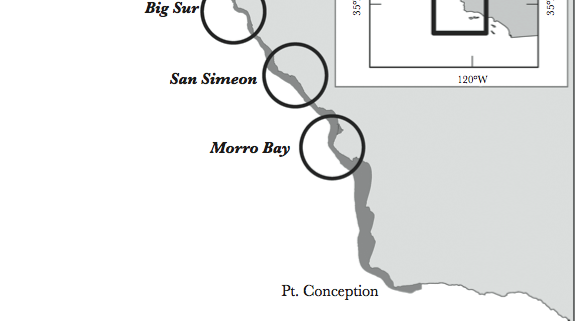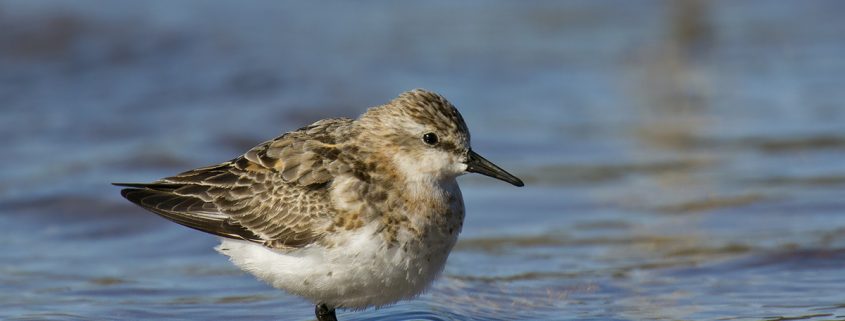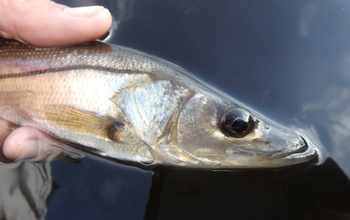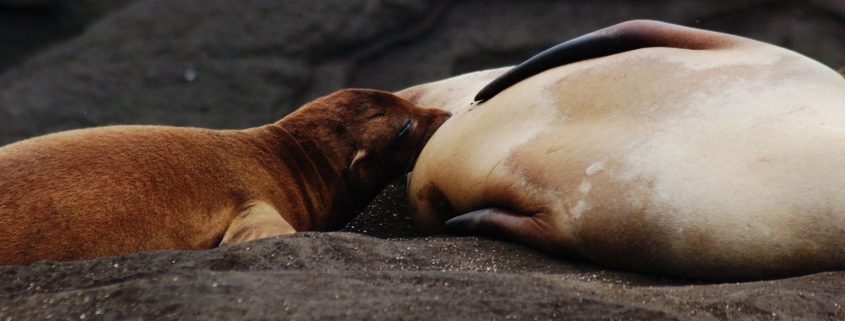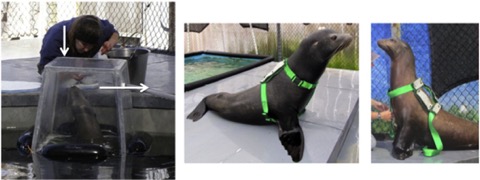Food abundance, prey morphology and diet specialization influence individual sea otter tool use
By Molly Rickles, SRC Intern In this study, Fuji looked into how ecological factors impact sea otter’s tool use. Sea otters are known to be near shore foragers that carry food on the surface, and have been observed to use tools to eat their prey. In many other species, tool use has been found to […]
Horizontal and vertical movements of white marlin tagged off the Yucatan Peninsula
By Luisa Gil Diaz, SRC Intern In “Horizontal and vertical movements of white marlin, Kajikia Albida, tagged off the Yucatan Peninsula”, Vaudo et al research the ecology and habitat use of white marlin to improve management measures, particularly within fisheries. White Marlin are a highly migratory and prized sport fish that has recently come under […]
Gut microbiota of a long-distance migratory bird demonstrates resistance against invading environmental microbes
By Elana Rusnak, SRC intern and MS student Just as with humans, animals have many kinds of bacteria in their gut that helps them with acquiring the nutrients from the food they eat, as well as boosting their immune system (Khosravi & Maxmanian, 2013). Many species that migrate from breeding to non-breeding grounds during the […]
Snook in Extreme Environments
By Delaney Reynolds, SRC Intern Earth’s climate is warming, and rising temperatures are impacting animal species and their habitats in alarming ways. Since 1970, temperatures have increased approximately 0.17°C (0.3°F) per decade (Dahlman, 2017). Such changes threaten animals’ ability to adapt to increased heat and induced stress. In the article, “Can animal habitat use patterns […]
Energetically Pricey Lifestyles and Low Productivity Environments: How the Galapagos Sea Lion Makes Ends Meet
By Patricia Albano, SRC Intern Metabolic rate and prey acquisition behavior can be revealing factors in studies examining physiological adaptations to unpredictable environments. Specifically, otariids (sea lions and fur seals) display an energetically expensive lifestyle due to their high costs of thermoregulation which can provide challenges in equatorial regions such as the Galapagos where resources […]
Sea Lions in our Changing Ocean
By Amanda Stoltz, SRC Intern If you’ve ever gazed upon sea lions loafing about in the Californian sun, you might be inclined to think that they are lazy animals. However, as with most marine mammals, sea lions live an active life under the water’s surface. Much of their underwater behavior is unknown to scientists, but […]

